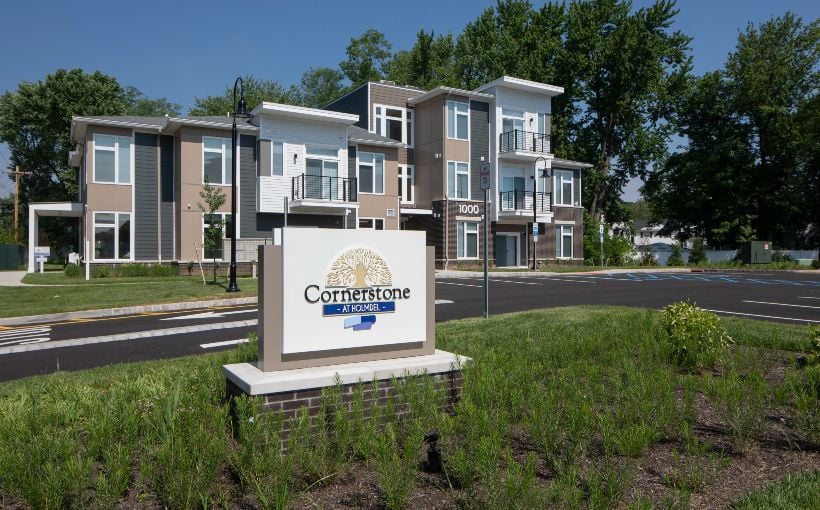The fourth quarter office market numbers for multiple companies have once again shown negative absorption and double-digit vacancies, reflecting the ongoing uncertainties in the current economic climate. Plante Moran’s U.S. Office Real Estate Market Summary notes that while office rents have recovered since the pandemic, there is still downward pressure on growth due to an oversupply of sublease space.
CBRE’s U.S. Office Report also acknowledges that despite a growth in employment, corporate cost-cutting and changes in office usage have led to a decrease in demand for space over several quarters. Colliers’ U.S Research Report/Office Market Outlook agrees with this assessment and predicts that sublease space will continue to be a popular lease option as businesses reassess their real estate strategies.
On a slightly positive note, net absorption was down but not as significantly as previous quarters, with leasing activity being more active among newer buildings constructed after 2010. Cushman & Wakefield’s MarketBeat Report indicates that new construction is slowing down along with tenant cost-cutting measures which could lead to slower growth of sublease inventory.
Despite some signs of optimism about the economy stabilizing and employees returning to offices (albeit through hybrid work models), there are still concerns about consolidation of spaces by tenants whose leases are expiring amidst tight labor markets where employees may hold more bargaining power.
Lee & Associates’ Q4 2023 Market Report presents even grimmer news by stating that nearly half of pre-pandemic office leases are yet unexpired which could potentially increase vacancy rates by over 3% by 2026 due to low-rate loans maturing into high-rate environments. As such, analysts predict significant variations between trophy assets versus non-trophy assets within different markets and industry sectors going forward.




